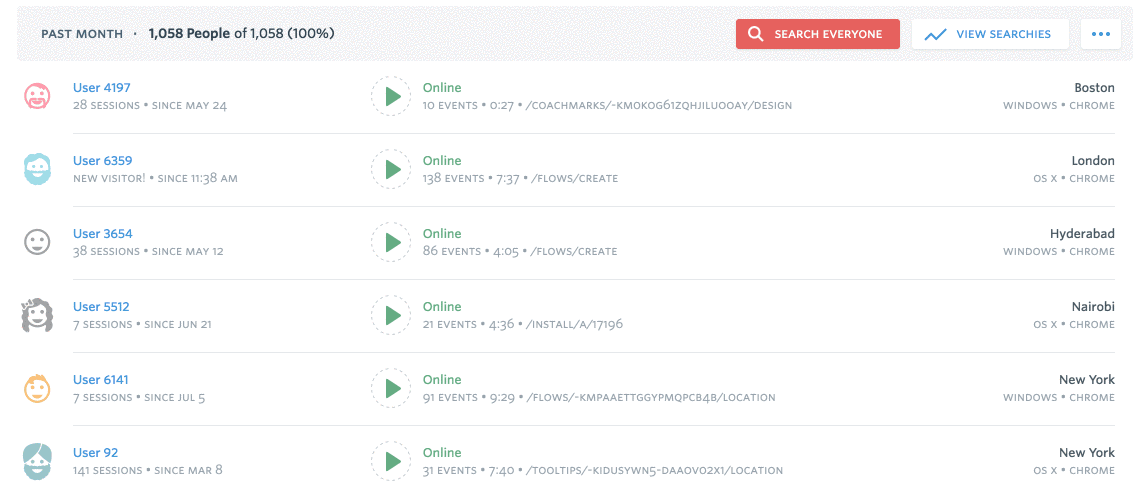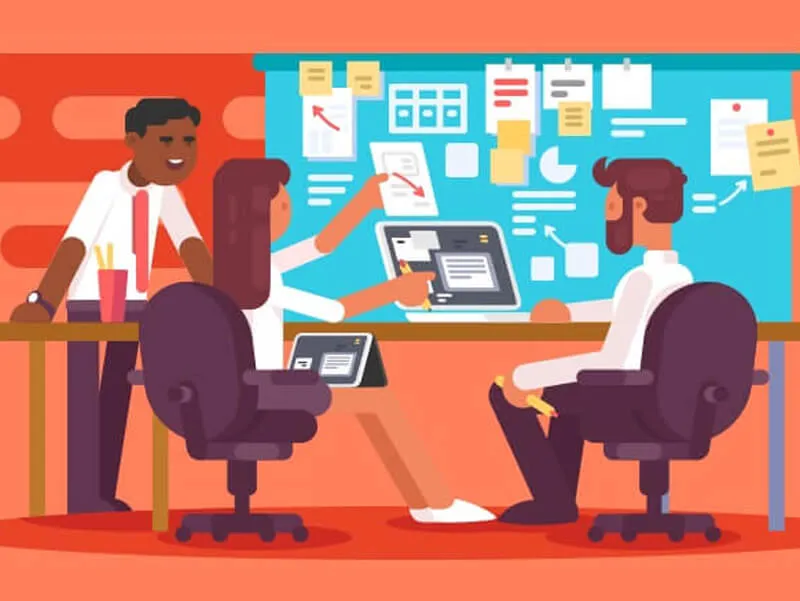

Reasons for low free to paid conversion
What do you do if your free-to-paid conversion rate doesn’t measure up to benchmark? In the second lesson, you’ll channel your inner Sherlock Holmes and uncover the common signs and symptoms of low free-to-paid conversion rate.

Reasons for low free to paid conversion
If you’re not hitting the free-to-paid conversion benchmarks in lesson 1, fear not! In this lesson, we’ll channel your inner Sherlock Holmes and uncover the common signs and symptoms of low free-to-paid conversion rate.
Let’s crack the case!
It’s always a good practice to mind the gap. Imagine you’re scrolling through a website with the expectation that it’s an online invitation tool, but when you land on the sign-up page, you realize it’s actually an email marketing tool. How disappointed (and probably frustrated) would you be?
Well, that my friend is a value gap: the discrepancy between the perceived value of a product or service and the value users experienced. It's when users expect one thing and experience another.

Our example might be a little extreme, but that’s because the effects of a value gap can be extremely harmful to your business. Value gaps can result in disillusionment, which can put you on the fast track to tanking your free-to-paid conversion rate.
While the value gap isn't a highly complex problem, companies don't often recognize it. One of the most common symptoms of a value gap problem is when free users tell you that your product is too expensive. If you read between the lines, your customers are giving you a clue about what they’re really thinking: they don’t value your product enough to pay what you’re charging.
One of the best ways to sniff out whether you have a value gap problem is to talk to free users who didn’t convert. Here are a handful of our favorite interrogation interview questions:
• When you signed up, what outcome were you hoping to get out of the product?
• What about the product didn’t measure up to your expectations?
• Were you able to experience that key outcome in the product? Why not?
• Why was our product not the right solution?
Getting free users who didn’t convert on a call can be tricky, so you might try offering a small token of appreciation, like a gift card or donation to their favorite charity. You could also use exit surveys to catch users right before they leave your site and ask them to share why your aha moment didn’t land.
In a perfect world, all users would dive right into your product and start using it with gusto. Of course, that’s rarely the case. And when introducing a new product, you’re asking people to try something they’ve never experienced before.
If there’s too much friction in your product experience, your free users might give up too soon—before they experience your product’s value. Good luck trying to convert those users into paying customers!
Analytics can be powerful for identifying friction points in your product experience. For example, with tools like Hotjar or FullStory, you can study how free users interact with your product.

This is exactly what Andrew Capland, Former Director of Growth at Postscript and Wistia, did with his team. Every Friday they would order lunch, hop in a conference room, and watch 20 real people use their product for the first time.
They called it FullStory Friday. That ritual was a game-changer for their team.
Another reason for a low free-to-paid conversion rate is giving away too much of the product for free. As Rob Walling, Founder of Drip.com, once said, “Freemium is like a Samurai sword: unless you’re a master at using it, you can cut your arm off.”

The problem with giving away too much of the product is that it provides very little incentive for free users to upgrade to paid. Giving away the value you’ve created for an unlimited time frame can lead to a flood of problematic prospects who will churn out after they lose interest.
Similarly, being too generous with the length of a free trial could result in users putting off trying out the product and then forgetting about it. With short trial periods, you can create a sense of urgency sooner, encouraging users to try the product and convert to a paid customer sooner.
Magnifying glasses down! In the next lesson, we’ll explore a proven framework that’ll boost your conversion rate.







